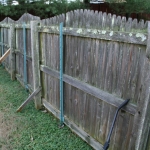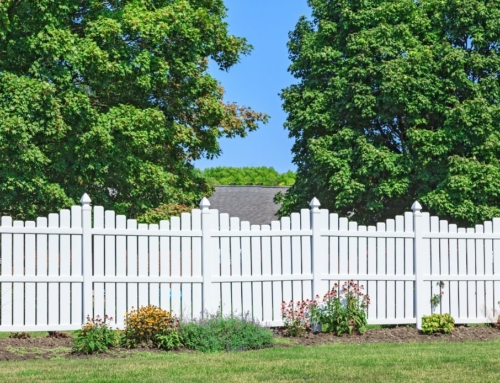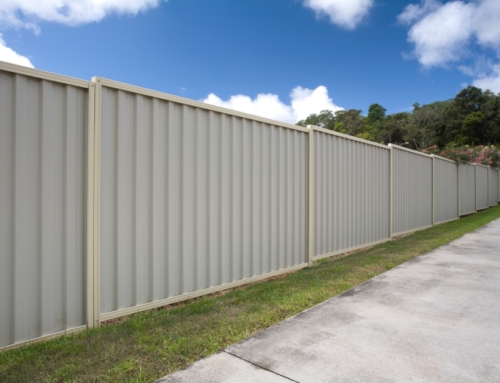Termites Attack Treated Pine Fencing
Do termites and carpenter ants attack the treated fence posts? YES THEY DO! The subterranean termites are nature’s clean-up crew for dead and decaying wood. That means any wood buried in the ground is subject to being attacked.
What happens when the termites attack the treated lumber? When the termites attack the fence posts, they are eating the wood cellulose. When you see photos of the damage, termites have tunneled in the wood, eating their way through it. When they ingest the wood fibers, they also ingest the termite insecticide, thus killing the termites.
Who warranties the lumber and what does the warranty actually cover?
OK, another popular question. So, if it is a pressure treated chemical ACQ treatment, the only warranty is from the chemical manufacturer. Normally, the warranty will state that it is for the structural integrity of the lumber for the purpose intended. That means termites can attack the lumber, and the chemical company will warranty against the termites doing any STRUCTURAL DAMAGE for a certain number of years. It is a pretty true warranty because if it’s correctly injected into the lumber, it will kill the termites when ingested. NOW, also read that the warranty will ONLY cover that specific piece of lumber, not the labor to remove or reinstall, and you must show proof of purchase location, tags off lumber, and date of installation. That being said, in my 34 years fencing backyards, termite structural damage in treated fencing is very rare in EAST TENNESSEE.
What about naturally resistant fencing materials like cedar?
Wow, now that’s a great question. First we need to narrow down the TYPE of CEDAR in question. You see there are many kinds of cedar used in backyard fencing, and typically the best of the cedar lumber is used for other industries. Fencing typically gets what’s left out of the tree after the best parts are taken. The most durable is the WESTERN RED CEDAR which comes in multiple sizes, thicknesses, grades, and should be an old growth cedar.
Why old growth Western Red Cedar, and how do you check for that?
Old growth Western Red Cedar will have more of the natural resistance to insects (tannin) than newer growth lumber. This is the stuff that insects don’t like to be around. The more potent the tannin, the more resistant it is to attack from insects. That’s how the trees get to be so large.
It’s like feeding greens to a dog. At first they turn their nose up, but after 3 days, they will start to eat it. “Grandmother Duggan”
To see if you have old growth Western Red Cedar, look at the end grain of the lumber, the posts, pickets, and backing rails. What you should see is very tight growth lines (represents a single year growth). Wide growth rings means fast growth and less natural tannin.
Do all Cedars have the same resistance to termites?
ABSOLUTELY NOT! Western Red Cedar has the most resistance to insects, and the old growth is more resistant than the fast growth. When you get outside the WESTERN RED CEDAR and start looking at the other “CEDARS,” the resistance to termites falls off the charts. Most of the “OTHER CEDARS” (northern white cedar, red cedar, Atlantic cedar, Chinese cedar, spruce, fir, cypress, swamp cypress) are quick growth trees (20-30 years) readily harvestable and sustainable. The problem is that they have little natural tannin in the heartwood, and the small trees (12″ – 20″ in diameter) have sapwood and heartwood in the cut lumber. The sapwood is the living part of the tree, the heartwood is the old part. Sapwood rots quickly and termites eat this soft wood easily.
Do these “OTHER CEDARS” last longer in different parts of the country?
Absolutely! In northern climates with harsh winters (36″ frost lines), the cold weather kills out many insects including the subterranean termite. Since fence posts are set from 24″ to 36″ deep, the cold weather hinders the advancement of the termites in this harsh environment.
In the TERMITE BELT, mild temperatures and moist soil make for an ideal climate for subterranean termites. Without the severe cold and the ground freezing, the termites are free to continue feasting underground on your fence posts.










